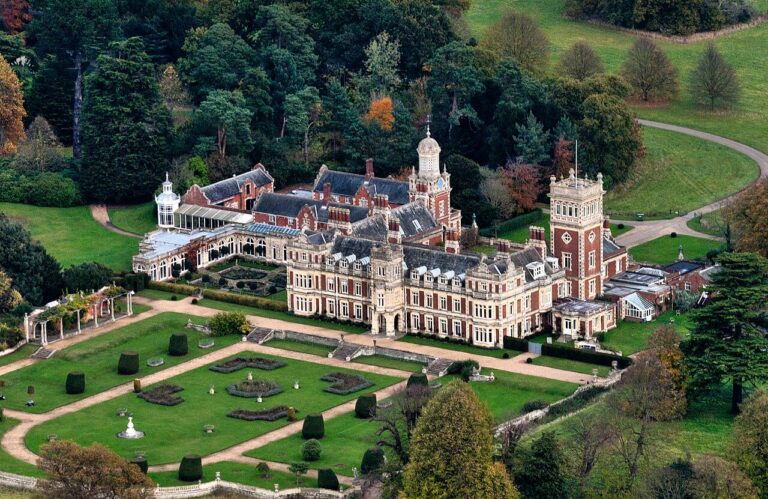The Best Castles on the Isle of Wight
The Isle of Wight is the largest island of England. The island is located in the English Channel, only two to five miles off the coast of Hampshire.
Since Victorian times, the island is a popular holiday destination for the English. Even the Queen herself loved the Isle of Wight, Queen Victoria and Prince Albert built a house on the island which they used as a summer residence and country escape.
When you make the trip to the Isle of Wight you should also visit its historic castles and country houses. Many of these castles have a Royal history, you can tour Queen Victoria’s beloved Osborne House and you can even stay in a manor house that was once owned by many Kings and Queens.
This article shows a list of the best castles and country houses on the Isle of Wight.
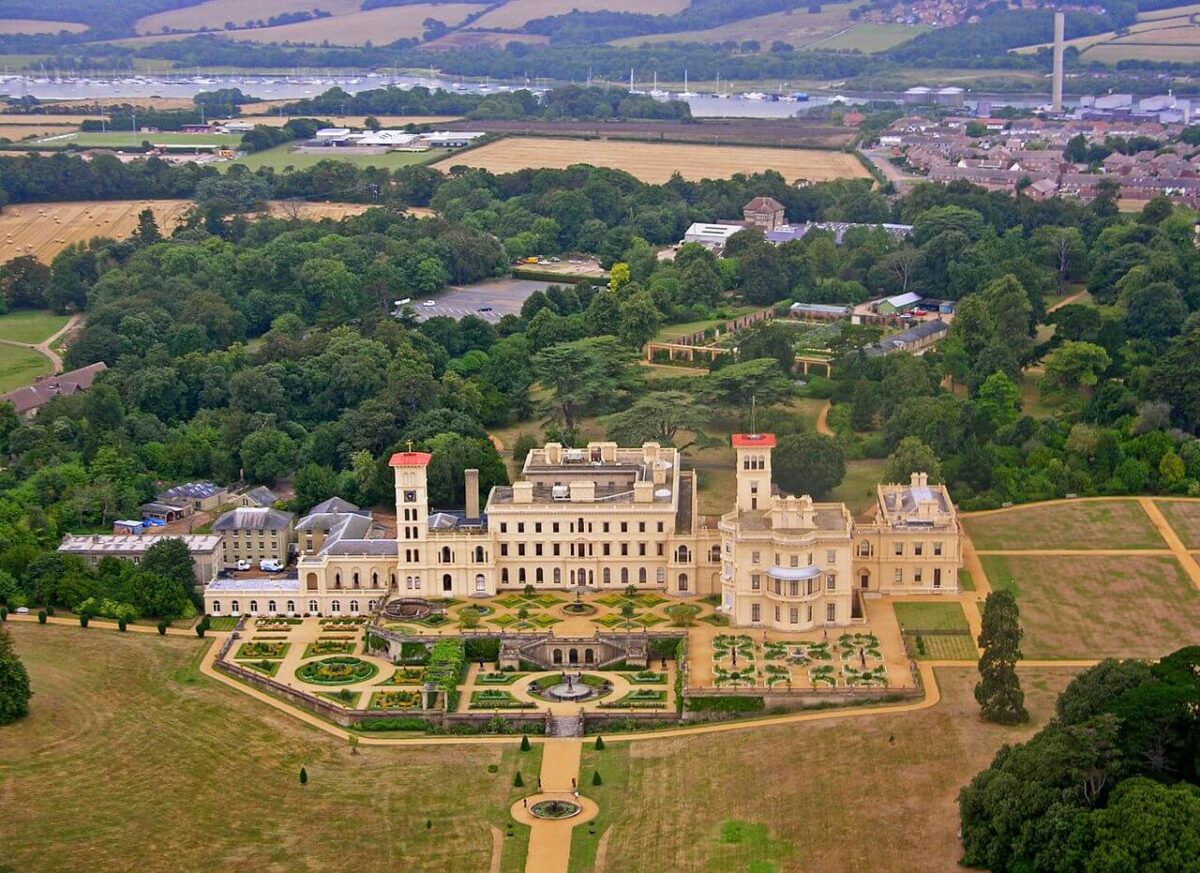
Osborne House
Osborne House is a former Royal residence and summer house/country escape of Queen Victoria and Prince Albert. Queen Elizabeth wanted a new seaside escape as she found the Royal Pavilion in Brighton too public. The house was built between 1845 and 1851 and was designed by Prince Albert in Italian Renaissance palazzo style.
Queen Victoria died at Osborne House in 1901, her son King Edward VII gifted the house to the state as he had never liked Osborne. Osborne House is now open to the public. Here, you can get a glimpse of Royal life by visiting the private apartments and grand reception rooms with historic furniture and artworks from the Royal Collection.
Surrounding the house are flower-filled gardens, a museum in the Swiss cottage, and you can even visit the beach. There are also family trails and play areas so a visit to Osborne House is great for the entire family.
Where: East Cowes
Built: 1845- 1851
Style: Italian Renaissance
Visitor information: the house is open to the public. Visit the English Heritage website for more information.
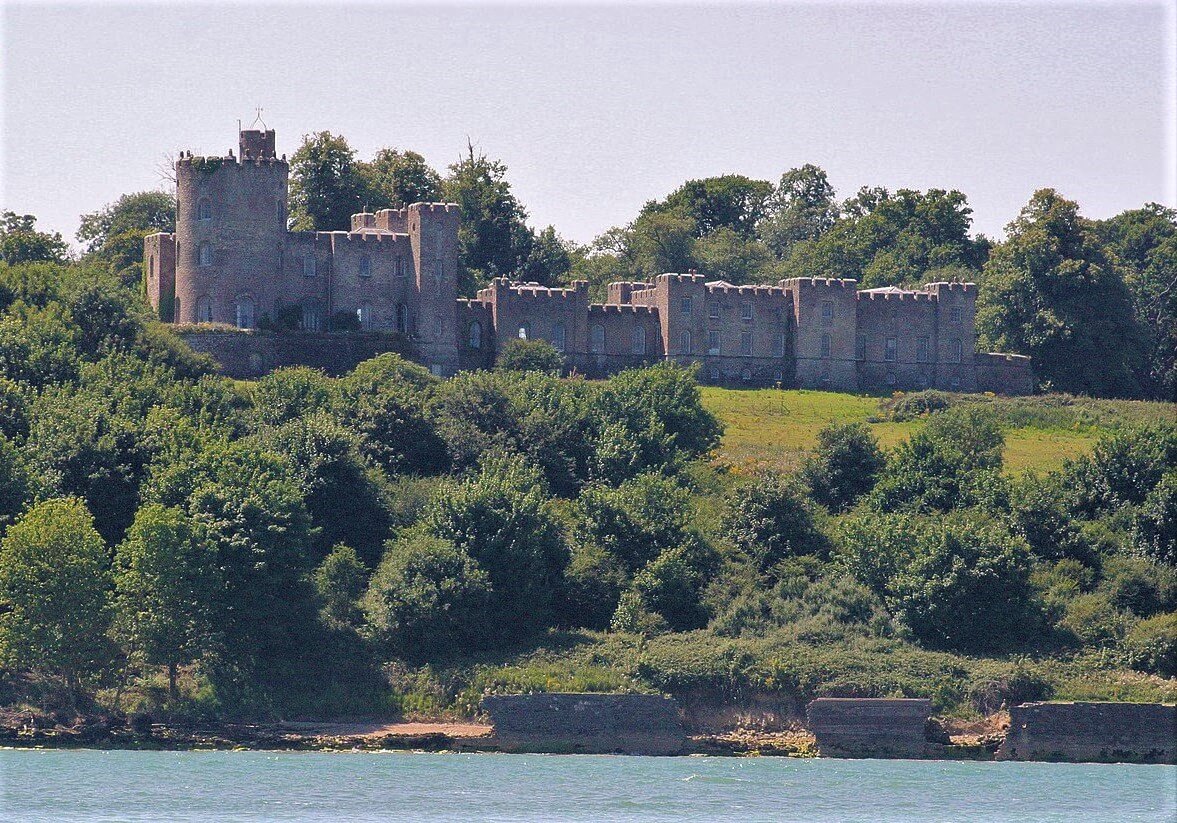
Norris Castle
Norris Castle is a late 18th century castle designed by James Wyatt for Lord Henry Seymour. The castle has no defensive fortifications but it does feature a galleted façade with crenellations. The Norris Castle estate adjoins Osborne House, the country home of Queen Elizabeth. In 1880, Francis Russell (the Duke of Bedford) bought Norris Castle as his wife Elizabeth Russell (the Duchess of Bedford) was appointed Mistress of the Robes to the Queen. This way they could be near Osborne House.
The landscapes surrounding the castle aee believed to have been designed by Humphry Repton. It includes a castellated walled garden.
The castle is currently closed awaiting restoration.
Where: East Cowes
Built: 1795- 1805
Style: Norman/Georgian
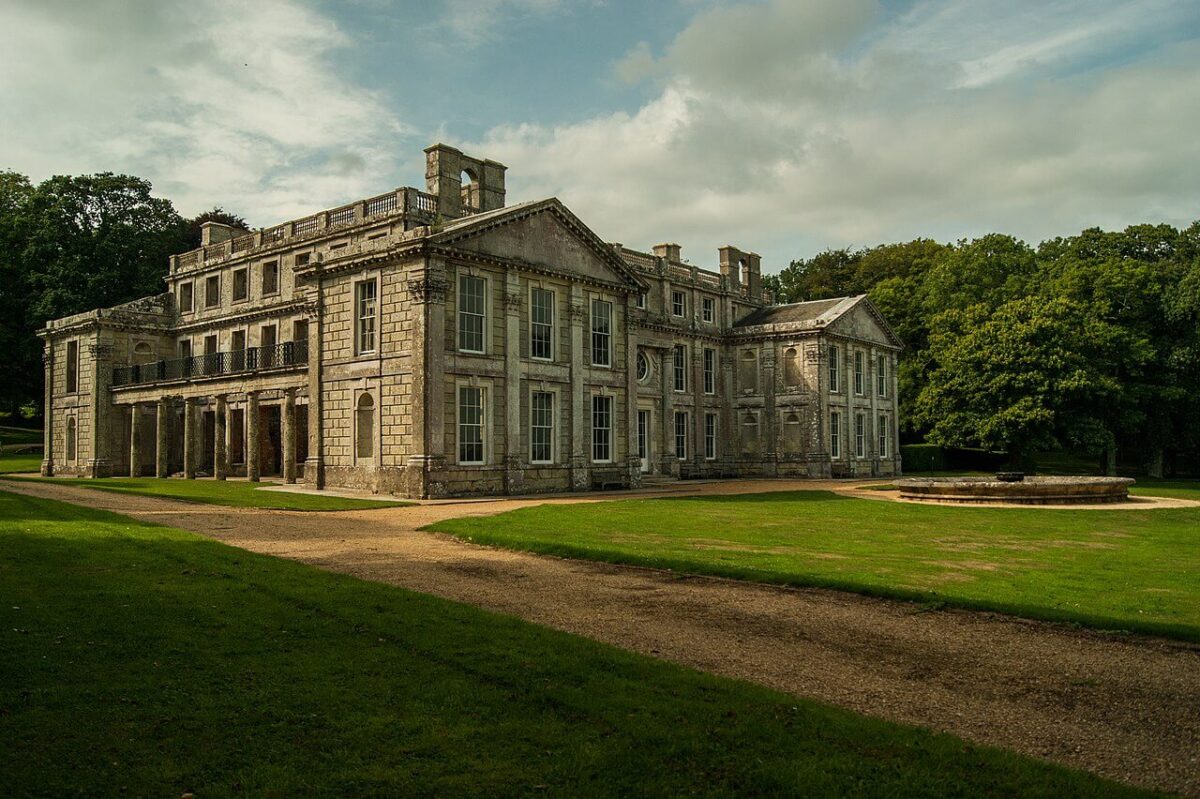
Appuldurcombe House
Once the grandest house on the Isle of Wight, Appuldurcombe House is now only a shell of one of the finest English Baroque mansions in England. On this site stood a priory and later an Elizabethan house until the new owner, Sir Robert Worsley (3rd Baronet Worsley), decided to build a new grand manor.
The house was designed by architect John James, and greatly enlarged in the 1770s by Sir Richard Worsley (7th Baronet Worsley of Appuldurcombe). Sir Richard gained notoriety for the court case in which his wife Seymour admitted to having 27 lovers. Sir Richard left the estate with heavy debts, it was later used as a hotel and to house hundred Benedictine monks who had been exiled from Solesmes Abbey in France.
During the First and Second World Wars, troops were billeted in the house. In 1943, a German bomber dropped a mine closed to the house. The explosion destroyed much of the house.
Where: Wroxall
Built: 18th century
Style: English Baroque
Visitor information: the estate is owned by English Heritage. The interiors are currently (2022) not open to the public but the grounds are open. Visit the website for more information.

Carisbrooke Castle
Carisbrooke Castle was the strongest castle on the Isle of Wight. The building of the motte and bailey castle started in the 12th century by Richard de Redver’s family, though there are traces of a Roman Fort under the building. In 1293, the castle was sold to Edward I and from then on it was owned by the Crown. In its long history, it has been an artillery fortress, a king’s prison, and a royal summer residence.
King Charles I was imprisoned at Carisbrooke Castle for fourteen months until he was executed in 1649. His two youngest children were also confined at the castle, Princess Elizabeth died here in 1650. For almost fifty years, the castle was the home of Princess Beatrice (Queen Victoria’s daughter) who was Governor of the Isle of Wight.
Where: Carisbrooke
Built: 12th century
Visitor information: the castle is owned by English Heritage and it’s open to the public. Visit the website for more information.
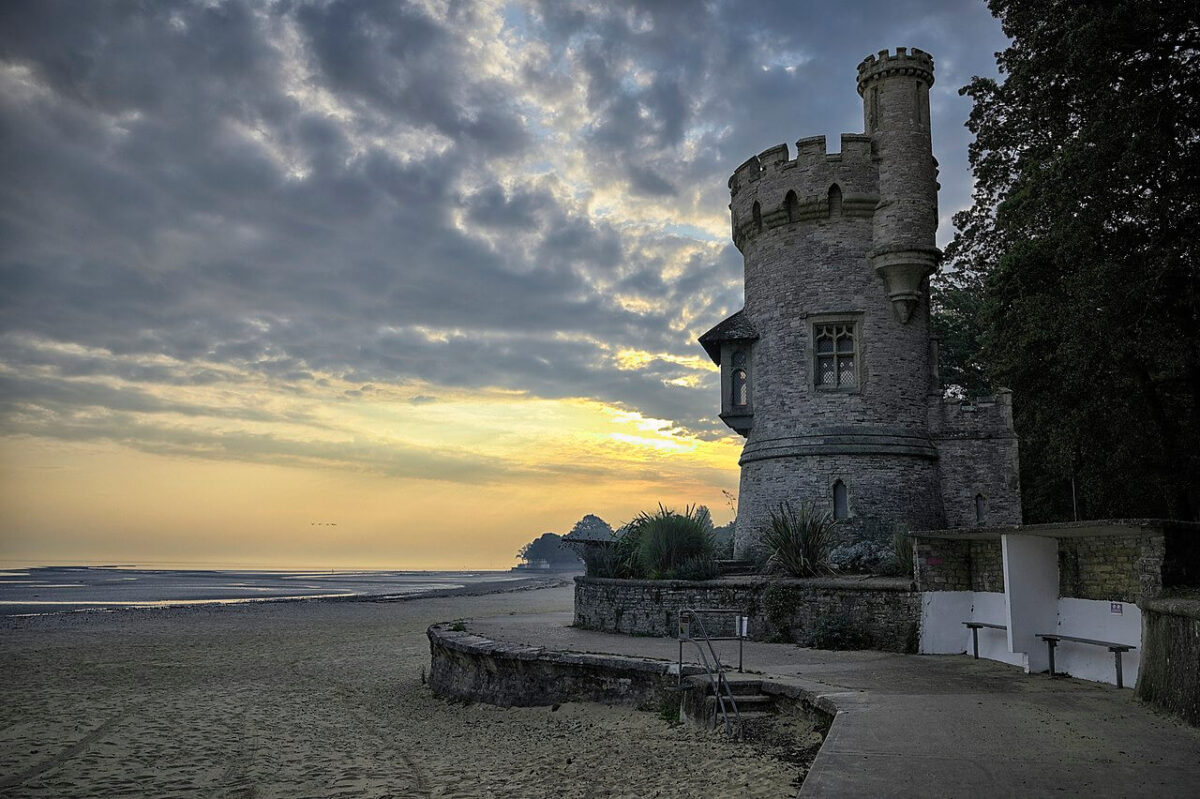
Appley Tower
Appley Tower was a country house of the Hutt family who bought it in the 1870s. Most of the house has been demolished, but some elements remain such as a folly tower with battlements, a turret, and Gothic Revival tracery windows. Another building that survived is a Jacobethan and Dutch Revival-style lodge.
Where: Ryde

Arreton Manor
Arreton Manor is a 16th-century Jacobean manor house on the Isle of Wight. The manor house is located just below the Arreton Down Nature Reserve in the heart of the Isle of Wight.
The house is still a private home, but some of the rooms are available as a bed & breakfast. The house has a rich history and was also owned by several British monarchs like William the Conqueror, Henry VIII, Elizabeth I, and Charles I.
The house has extensive ornamental garden including parterres, knot gardens, and a maze.
Where: Arreton
Built: 1595-1612
Style: Jacobean
Visitor information: You can book a room at Arreton Manor on the website.
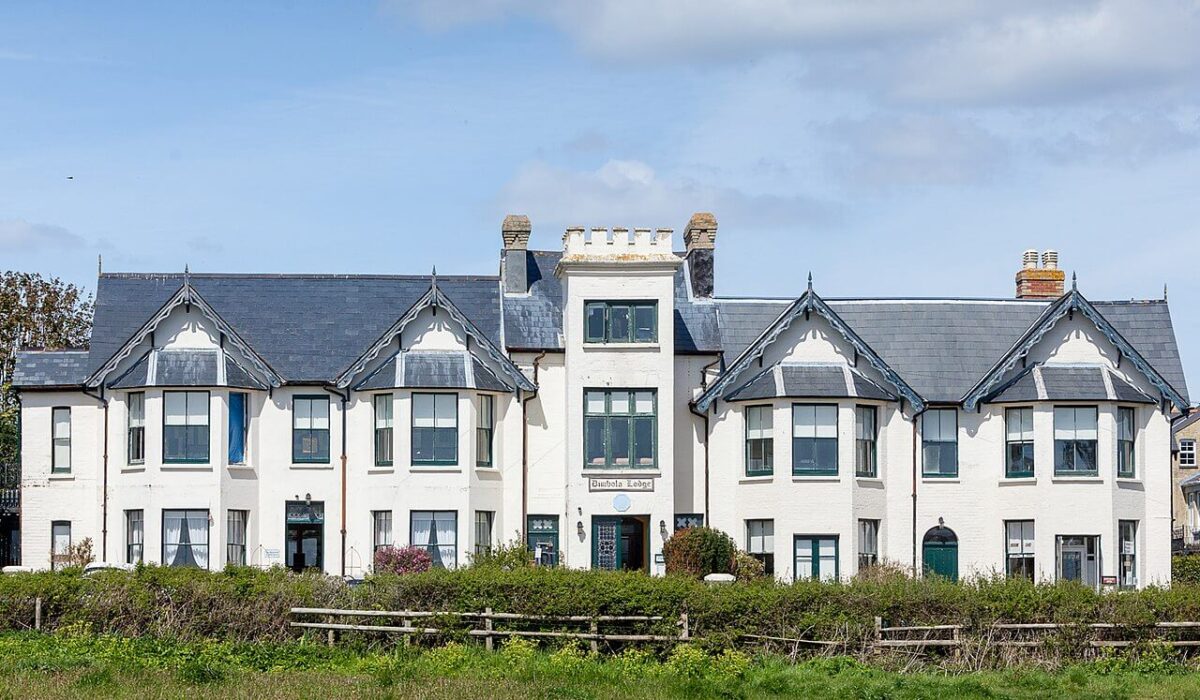
Dimbola Lodge
Dimbola Lodge was the home of the celebrated Victorian photographer Julia Margaret Cameron. Julia bought two cottages 1860, to make the houses more beautiful she linked them with a Gothic-style tower.
The name Dimbola comes from the coffee plantation in Dimbula that Julia’s family owned. The house is now the home of a museum and galleries dedicated to Cameron’s life and work. The museum also shows contemporary exhibitions of some of the best photographers in the world.
Where: Freshwater Bay
Visitor information: the museum is open to visitors. Visit the website for more information.

Yarmouth Castle
Yarmouth Castle is an artillery fort that was built by King Henry VIII to protect Yarmouth Harbor against a French attack. The castle is different from other artillery forts built by Henry VIII. It had an Italianate “arrow head” bastion on its landward side.
The castle was used until 1885 and later again during the First and Second World Wars. Now, the castle is a tourist attraction owned by English Heritage. You can have a picnic looking out over the waters of the Solent or visit the exhibitions about how the castle was used in the 16th century and about the shipwrecks that have occurred in this part of the sea.
Visitor information: the castle is open to visitors. Visit the website for more information.

West Cowes Castle
Cowes Castle is a device fort overlooking the River Medina and was built by Henri VIII to protect the country against invasions from France and the Holy Roman Empire. The castle was used until 1854 when it was bought by the Royal Yacht Squadron. The castle was largely rebuild by Anthony Salvin in the 19th century. In the Second World War it was one of the headquarters for part of the D-Day invasion force.




